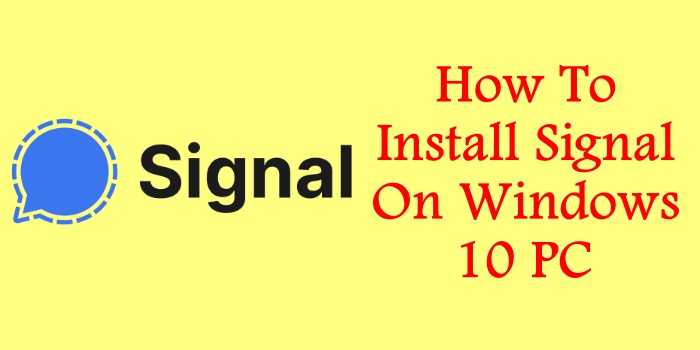Understanding the Powershell Azure Function: Best Azure 101

Are you looking to gain a deeper understanding of the PowerShell Azure Function? Look no further!
In this article, we will guide you through the ins and outs of the PowerShell Azure Function, providing you with the best Azure 101 experience.
When developing Azure Functions, PowerShell is a powerful tool with numerous benefits. With its simplicity and flexibility, PowerShell allows you to automate tasks, manage resources, and deploy applications seamlessly.
Also Read: Best Apk Editor Apps for Android
Whether you are a beginner or an experienced developer, PowerShell can be a game-changer in your Azure Function development journey.
This article will explore key concepts and terminology, walk you through creating your first PowerShell Azure Function, and provide insights on triggers and bindings.
Get ready to dive into the world of PowerShell Azure Functions and unlock their full potential!
Azure Functions and Powershell
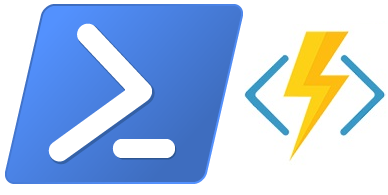 If you’re new to Azure Functions and want to leverage your PowerShell skills, you’ll be pleasantly surprised by how easy and efficient it is to automate your tasks with ‘Azure Functions and PowerShell – a match made in heaven.’
If you’re new to Azure Functions and want to leverage your PowerShell skills, you’ll be pleasantly surprised by how easy and efficient it is to automate your tasks with ‘Azure Functions and PowerShell – a match made in heaven.’
Azure Functions allow you to execute small code in the cloud without worrying about infrastructure or server management. And when you combine this with the power and flexibility of PowerShell, you have an incredibly robust and reliable solution for automating your tasks.
With Azure Functions and PowerShell, you can easily create and deploy functions triggered by various events, such as HTTP requests, timers, or messages from other Azure services. You can write your PowerShell script directly in the Azure portal or use your favourite development tools, such as Visual Studio Code, to the author and test your functions locally before deploying them to the cloud.
This means you can quickly use your existing PowerShell knowledge and experience to build and deploy serverless applications in Azure.
So, why choose PowerShell for Azure Function development? Well, PowerShell is a powerful scripting language widely used in the IT industry for automation and administration tasks. It has a rich set of built-in cmdlets and modules that allow you to interact with various Azure services, making it a natural choice for Azure Function development.
Additionally, PowerShell has a large and active community, which means you can find plenty of resources, tutorials, and support to help you along the way. Whether you’re a seasoned PowerShell pro or just getting started, Azure Functions and PowerShell provide a seamless and efficient way to automate your tasks in the cloud.
Why Choose Powershell for Azure Function Development?
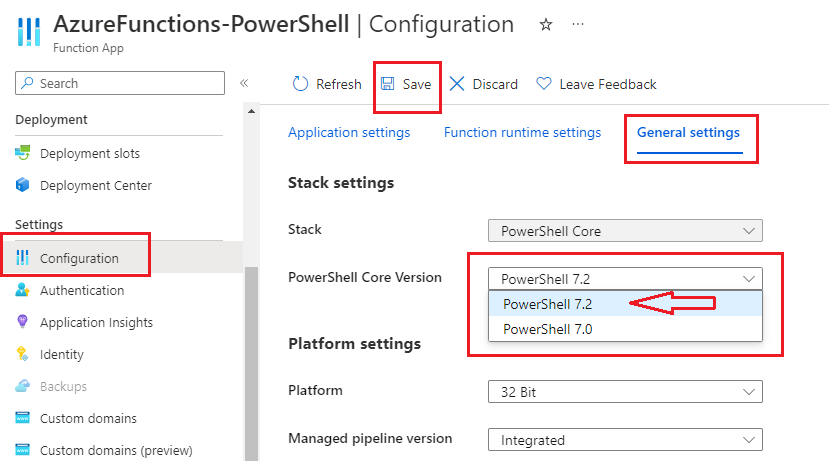 When developing Azure Functions, you’ll find PowerShell an excellent choice as it offers a user-friendly interface and allows you to harness the power of the Azure platform effortlessly.
When developing Azure Functions, you’ll find PowerShell an excellent choice as it offers a user-friendly interface and allows you to harness the power of the Azure platform effortlessly.
With PowerShell, you can easily create and manage Azure resources, automate tasks, and integrate with other Azure services. The intuitive syntax and extensive library of cmdlets make it easy to write scripts and functions, even if you’re a beginner.
Additionally, PowerShell provides robust support for Azure-specific functionalities, such as Azure Resource Manager (ARM) templates, Azure Active Directory (AAD) authentication, and Azure Key Vault integration. This means you can seamlessly leverage these capabilities within your Azure Functions, making it a versatile and efficient tool for building serverless applications.
When using PowerShell for Azure Function development, you’ll benefit from the following key advantages:
– **Rich ecosystem**: PowerShell has a large and active community that constantly contributes modules, scripts, and examples. This vast ecosystem ensures you’ll have access to a wide range of resources and knowledge to enhance your Azure Function development.
– **Integration capabilities**: PowerShell integrates seamlessly with other Microsoft technologies, such as Azure Automation, Azure DevOps, and Azure Logic Apps. This allows you to leverage existing processes, workflows, and tools, making incorporating Azure Functions into your existing infrastructure more accessible.
– **Familiarity for IT professionals**: PowerShell is widely used by IT professionals for managing Windows environments and automating administrative tasks. If you already have experience with PowerShell, you can leverage that knowledge and apply it to Azure Function development, reducing the learning curve and increasing productivity.
With these advantages, PowerShell becomes a natural choice for Azure Function development.
Now, let’s dive into the key concepts and terminology in PowerShell Azure Functions.
Key Concepts and Terminology in Powershell Azure Functions
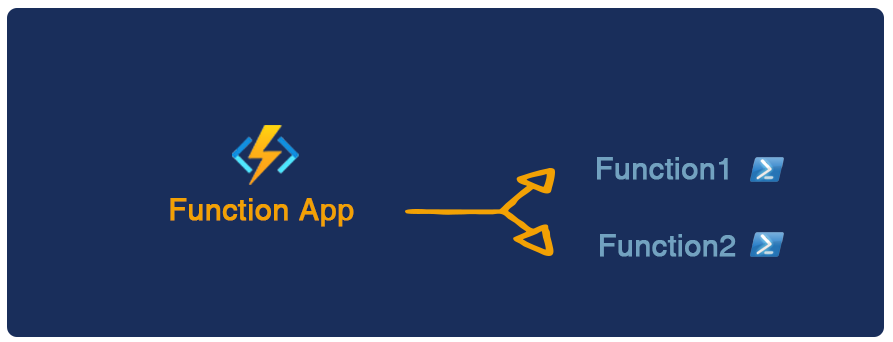
Surprisingly, the world of PowerShell Azure Functions is filled with a labyrinth of critical concepts and specialized terminology that may leave you scratching your head. To help you navigate this complexity, let’s break down some of the most important terms you’ll encounter.
First and foremost, it’s crucial to understand the concept of a function app. A function app is a logical container that hosts one or more functions. It provides the execution environment for your operations and allows you to manage their deployment and configuration. Within a function app, you’ll find individual parts, which are small units of code that perform specific tasks. An event or a particular condition triggers each function and can be written in PowerShell or other supported languages.
Additionally, you’ll come across bindings, which are declarative configurations that connect your functions to external resources such as storage accounts or databases. Bindings allow you to quickly access and manipulate these resources within your tasks without writing complex code. Finally, you’ll encounter triggers, specific events or conditions that cause a position to execute. Triggers can be HTTP requests, timers, queue messages, or storage container changes. By understanding these key concepts and terminology, you’ll be well-equipped to dive into the world of PowerShell Azure Functions and start building your serverless applications.
Now that you know the key concepts and terminology in PowerShell Azure Functions, it’s time to implement your knowledge and create your first function. The following section’ll guide you through setting up your development environment, creating a function app, and writing your first PowerShell function. By following the step-by-step instructions, you can quickly get up and running with PowerShell Azure Functions and experience the power of serverless computing. So, let’s begin your journey to becoming a proficient PowerShell Azure Functions developer!
Creating Your First Powershell Azure Function
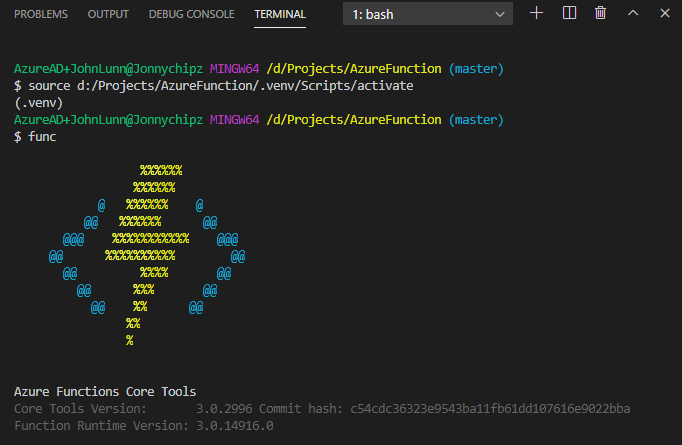 To embark on your journey as a proficient PowerShell Azure Functions developer, let’s dive right into creating your first function. Start by opening the Azure portal and navigate to the Azure Functions service. Click on the ‘New+’ button to create a new position.
To embark on your journey as a proficient PowerShell Azure Functions developer, let’s dive right into creating your first function. Start by opening the Azure portal and navigate to the Azure Functions service. Click on the ‘New+’ button to create a new position.
Choose PowerShell as the language for your function and give it a meaningful name. You can select from various templates, such as an HTTP or a timer trigger. These templates provide a basic structure for your function and can be customized according to your requirements.
Once you have created your function, you can start writing the code to implement the desired functionality. This can include executing PowerShell scripts, interacting with Azure services, and performing various operations. Before deploying it to the cloud, test and debug your function locally.
Now that you have created your first PowerShell Azure Function, it’s time to understand triggers and bindings. Triggers are what initiate the execution of your function. They can be events such as HTTP requests, messages from a queue, or a timer.
On the other hand, Bindings provide a way to interact with input and output data for your function. They define the connection between your position and other resources, such as storage accounts, databases, or service buses. Triggers and bindings can be defined in the function.json file, automatically generated when you create a function using a template.
By understanding and utilizing triggers and bindings effectively, you can create robust and scalable PowerShell Azure Functions that can automate tasks, process data, and integrate with other Azure services seamlessly.
So let’s dive deeper into triggers and bindings and explore the possibilities they offer for your functions.
Understanding Triggers and Bindings in Powershell Azure Functions
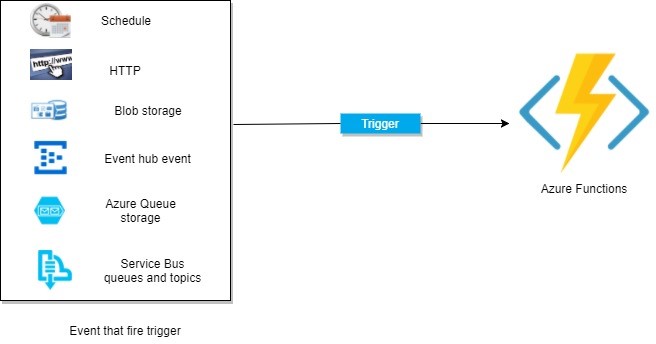 Triggers and bindings in PowerShell Azure Functions unleash a world of infinite possibilities, allowing your functions to seamlessly connect with various resources and execute tasks with extraordinary ease and efficiency. Triggers are what initiate the execution of your Azure Function. They can be configured to respond to multiple events, such as a new blob being added to a storage account, a new message arriving in a queue, or even a timer firing at a specific interval. Bindings, however, allow your function to interact with the data and services it needs. They provide a convenient way to access input and output data without complex code.
Triggers and bindings in PowerShell Azure Functions unleash a world of infinite possibilities, allowing your functions to seamlessly connect with various resources and execute tasks with extraordinary ease and efficiency. Triggers are what initiate the execution of your Azure Function. They can be configured to respond to multiple events, such as a new blob being added to a storage account, a new message arriving in a queue, or even a timer firing at a specific interval. Bindings, however, allow your function to interact with the data and services it needs. They provide a convenient way to access input and output data without complex code.
To give you a better understanding, let’s take a look at the following table:
| Trigger Type | Description |
| HTTP | Triggered by an HTTP request |
| Timer | Started at specified time intervals |
| Blob Storage | Triggered when a new blob is added or modified in a storage |
| Queue Storage | Triggered when a new message arrives in a queue |
| Event Grid | Triggered by an event grid event |
With the help of triggers and bindings, you can build powerful automation scenarios. For example, you can create an Azure Function that triggers whenever a new blob is added to a storage account. This function can then use a binding to access the content of the lump and perform specific actions based on its content. It’s important to note that triggers and bindings are not limited to just these examples; many more options are available to suit your specific needs.
Now that you understand the concept of triggers and bindings let’s move on to the next section, where we will explore how to work with input and output data in PowerShell Azure Functions. This will allow you to further enhance your functions by seamlessly integrating with external data sources and services.
Working With Input and Output Data in Powershell Azure Functions
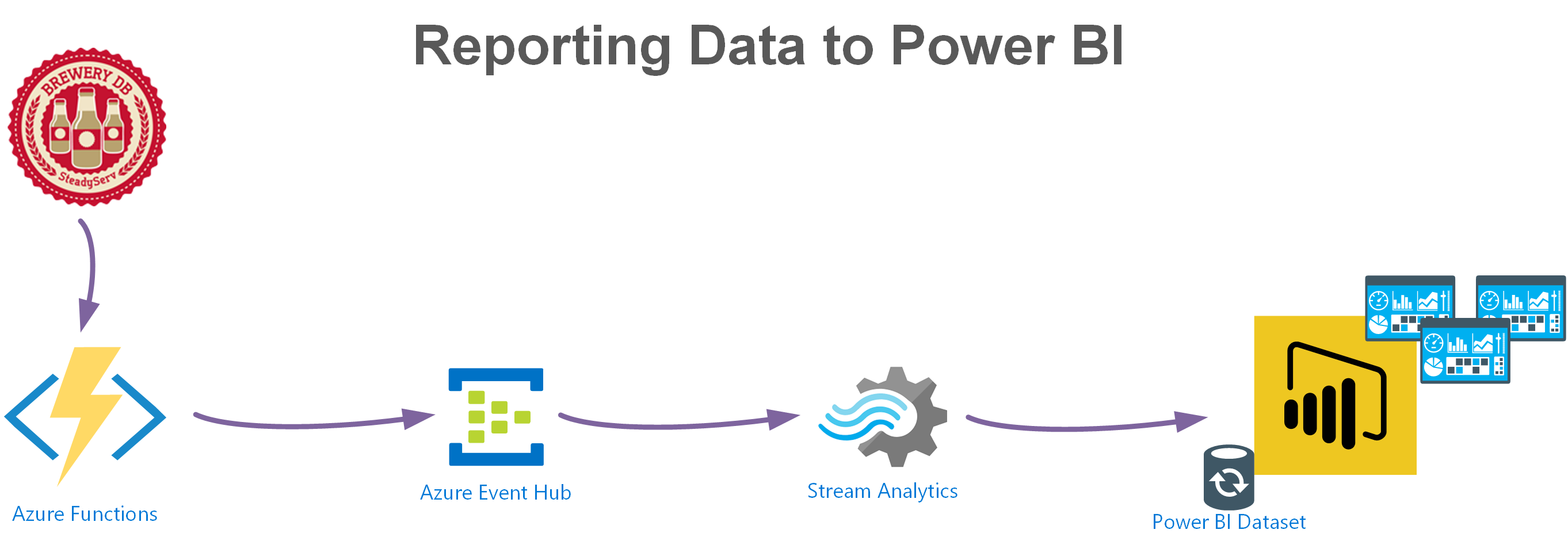 Now that you’ve got the hang of triggers and bindings let’s dive into the exciting world of seamlessly integrating external data sources and services in your PowerShell Azure Functions.
Now that you’ve got the hang of triggers and bindings let’s dive into the exciting world of seamlessly integrating external data sources and services in your PowerShell Azure Functions.
With PowerShell Azure Functions, you have the power to work efficiently with input and output data. PowerShell Azure Functions provides convenient ways to handle these tasks, whether processing incoming data from a trigger or sending data back as a response.
When working with input data, you can easily access it within your function code using bindings. These bindings allow you to define the source of the input data, such as a queue message or an HTTP request, and retrieve the data required for processing.
Similarly, when working with output data, you can use bindings to define where the data should be sent, whether it’s writing to a storage account or sending a response back to the caller.
Utilizing these input and output bindings allows you to seamlessly integrate with various external data sources and services, making your PowerShell Azure Functions even more powerful and versatile.
So, as you move forward in your journey of building Azure Functions, remember the flexibility and convenience of working with input and output data.
Let’s move on to the next section, where we’ll explore troubleshooting and debugging PowerShell Azure Functions, ensuring smooth development and deployment experiences.
Troubleshooting and Debugging Powershell Azure Functions
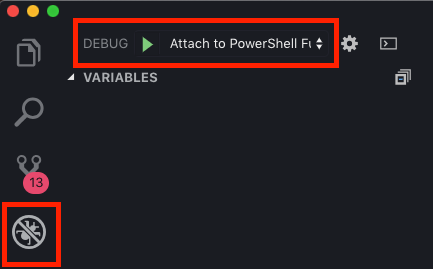 When troubleshooting and debugging PowerShell Azure Functions, you might encounter some bumps along the way, but fear not because plenty of tools and techniques are available to help you navigate any issues. One helpful tool is the Azure Portal, which allows you to monitor the execution of your function and view any error messages or logs generated. You can also use the Azure Functions Core Tools. This command-line interface provides a local development environment and lets you debug your function locally before deploying it to Azure. Additionally, PowerShell has built-in debugging capabilities, such as breakpoints and step-by-step execution, which can help you pinpoint the source of any issues in your code.
When troubleshooting and debugging PowerShell Azure Functions, you might encounter some bumps along the way, but fear not because plenty of tools and techniques are available to help you navigate any issues. One helpful tool is the Azure Portal, which allows you to monitor the execution of your function and view any error messages or logs generated. You can also use the Azure Functions Core Tools. This command-line interface provides a local development environment and lets you debug your function locally before deploying it to Azure. Additionally, PowerShell has built-in debugging capabilities, such as breakpoints and step-by-step execution, which can help you pinpoint the source of any issues in your code.
To further aid in troubleshooting, you can leverage the logging capabilities of PowerShell Azure Functions. By adding logging statements throughout your code, you can track the flow of execution and troubleshoot any unexpected behaviour. Azure Functions supports various logging providers, such as Application Insights and Azure Monitor, which allow you to collect and analyze logs from your functions. These logging providers can also help you monitor the performance and availability of your tasks, ensuring they are running smoothly. By utilizing these tools and techniques, you can effectively troubleshoot and debug your PowerShell Azure Functions, ensuring they function as expected. Transitioning into the next section about monitoring and logging PowerShell Azure Functions, you can continue to optimize and improve the performance of your functions.
Monitoring and Logging Powershell Azure Functions
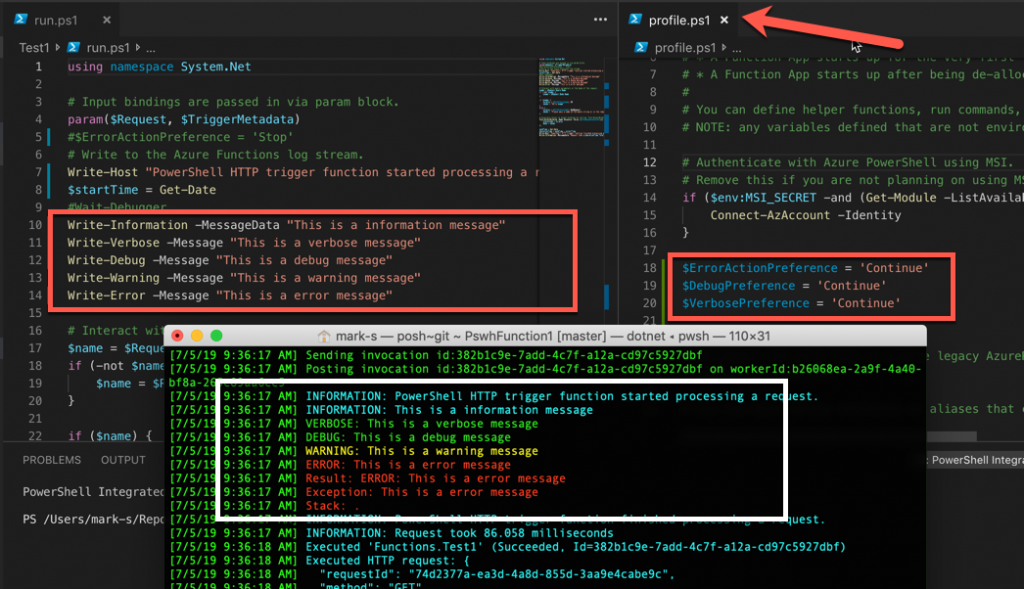 To effectively monitor and log your PowerShell Azure Functions, you can leverage the logging capabilities and tools available, ensuring smooth performance and troubleshooting potential issues.
To effectively monitor and log your PowerShell Azure Functions, you can leverage the logging capabilities and tools available, ensuring smooth performance and troubleshooting potential issues.
Azure Functions provides built-in logging features that allow you to capture and store logs for your functions. The ILogger interface can log information, warnings, and errors. By logging relevant information, you can gain insights into the execution of your tasks and identify any bottlenecks or errors that may occur.
Additionally, Azure Functions integrates with Azure Monitor, which gives you a centralized view of all your function logs and metrics. With Azure Monitor, you can set up alerts and notifications to proactively monitor your functions and receive notifications when specific events occur. This allows you to quickly identify and address any issues that may arise, ensuring the smooth operation of your PowerShell Azure Functions.
Moving on to the next section about security and authentication in PowerShell Azure Functions, protecting your functions and data is crucial.
Security and Authentication in Powershell Azure Functions
 Protecting your functions and data is crucial in maintaining the security and authentication of your PowerShell Azure Functions. With the increasing number of cyber threats and attacks, it is essential to implement robust security measures to safeguard your sensitive information. Azure provides comprehensive security features that can be leveraged to protect your PowerShell Azure Functions. One such feature is Azure Active Directory (AAD) integration, which allows you to authenticate and authorize users accessing your functions. By integrating AAD, you can enforce multi-factor authentication, role-based access control, and conditional access policies to add an extra layer of security to your operations.
Protecting your functions and data is crucial in maintaining the security and authentication of your PowerShell Azure Functions. With the increasing number of cyber threats and attacks, it is essential to implement robust security measures to safeguard your sensitive information. Azure provides comprehensive security features that can be leveraged to protect your PowerShell Azure Functions. One such feature is Azure Active Directory (AAD) integration, which allows you to authenticate and authorize users accessing your functions. By integrating AAD, you can enforce multi-factor authentication, role-based access control, and conditional access policies to add an extra layer of security to your operations.
To give you a better understanding of the security and authentication options available in PowerShell Azure Functions, here is a table summarizing some key features:
| Feature | Description |
| Azure Active Directory (AAD) Integration | Integrate Azure Active Directory to authenticate and authorize users accessing your functions. |
| Role-Based Access Control (RBAC) | Assign specific roles and permissions to users or groups to control access to your functions. |
| Azure Key Vault | Safely store and manage your functions’ secrets, keys, and certificates. |
| OAuth 2.0 Authentication | Enable OAuth 2.0 authentication to authenticate users using third-party identity providers. |
| Secure Sockets Layer (SSL) | Use SSL/TLS certificates to secure communication between your functions and clients. |
By implementing these security measures, you can ensure the confidentiality, integrity, and availability of your PowerShell Azure Functions. Now that you understand the security and authentication options let’s move on to the next section about performance optimization for PowerShell Azure Functions.
Performance Optimization for Powershell Azure Functions
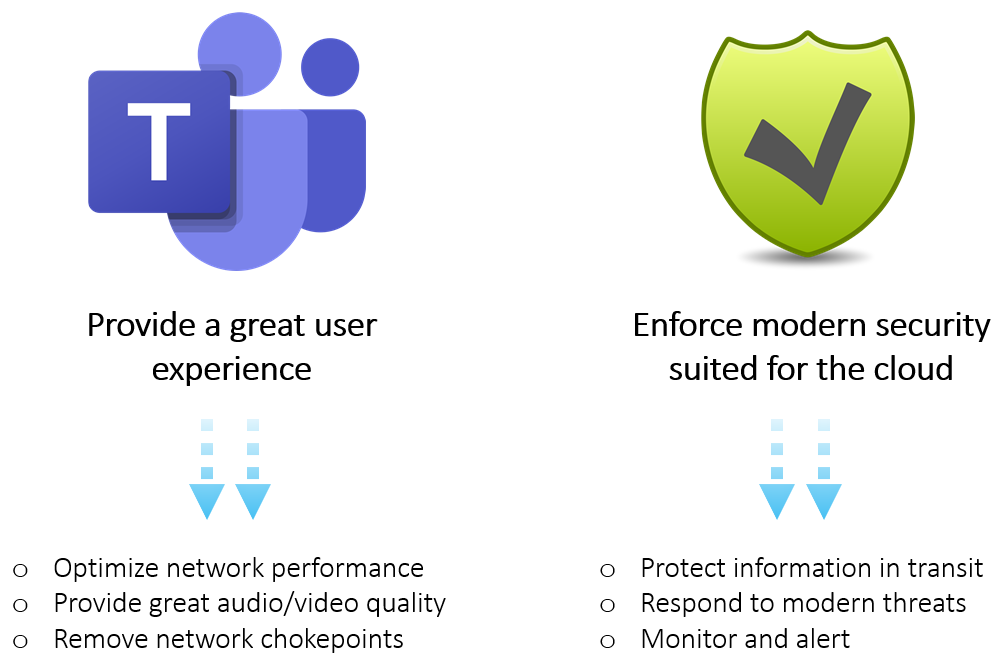 Improve the speed and efficiency of your PowerShell Azure Functions by optimizing their performance. Here are three key techniques to help you maximize the performance of your functions:
Improve the speed and efficiency of your PowerShell Azure Functions by optimizing their performance. Here are three key techniques to help you maximize the performance of your functions:
- **Use memory efficiently**: One way to optimize performance is to manage memory usage carefully. Avoid unnecessary memory allocations and deallocations, and try to reuse objects and variables whenever possible. This can help reduce the overhead of memory management and improve the overall performance of your functions.
- **Optimize code execution**: Take a close look at your code and identify any bottlenecks or areas that can be optimized. Use efficient algorithms and data structures, avoid unnecessary iterations or loops, and use parallel processing where applicable. By optimizing your code, you can significantly improve the performance of your PowerShell Azure Functions.
- **Leverage caching**: Caching can be a powerful tool to enhance the performance of your functions. By caching frequently accessed data or results, you can avoid redundant computations and reduce the response time of your tasks. Consider using in-memory caching or a distributed caching solution like Azure Cache for Redis to improve the performance of your PowerShell Azure Functions.
Implementing these performance optimization techniques ensures your PowerShell Azure Functions run smoothly and efficiently.
The next section’ll explore advanced techniques and tips to enhance your functions’ performance and capabilities.
Advanced Techniques and Tips for Powershell Azure Functions
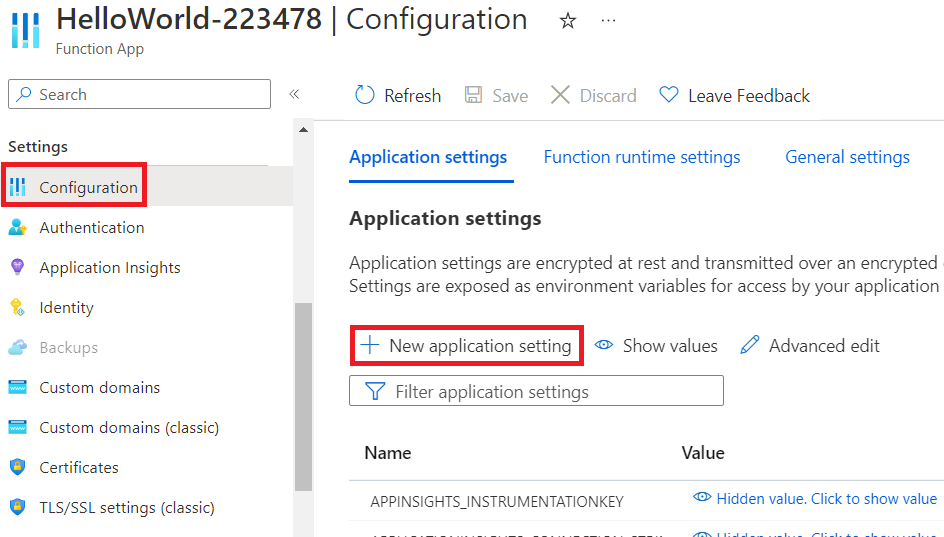 Now that you have learned about performance optimization for PowerShell Azure Functions, let’s dive into some advanced techniques and tips to further enhance your understanding of this powerful tool. These techniques will help you take your PowerShell Azure Functions to the next level and make your code more efficient and effective.
Now that you have learned about performance optimization for PowerShell Azure Functions, let’s dive into some advanced techniques and tips to further enhance your understanding of this powerful tool. These techniques will help you take your PowerShell Azure Functions to the next level and make your code more efficient and effective.
One advanced technique is the use of PowerShell modules. You can easily reuse code and simplify the development process by leveraging existing modules or creating your own. Additionally, you can leverage PowerShell’s object-oriented capabilities to create custom objects and classes, allowing for more complex and structured code. Another tip is to utilise the PowerShell Integrated Scripting Environment (ISE) to debug and test your functions. The ISE provides a robust environment with features like breakpoints, variable inspection, and step-by-step execution, making it easier to identify and fix any issues in your code.
| Technique | Description | Benefits |
| PowerShell Modules | Reusable code libraries | Code reusability, simplified development |
| Object-Oriented Programming | Creating custom objects and classes | More structured and complex code |
| PowerShell ISE | Debugging and testing environment | Easy identification and fixing of code issues |
By implementing these advanced techniques and tips, you can further optimize your PowerShell Azure Functions and improve their overall performance. Now, let’s move on to the next section, discussing future trends and updates in PowerShell Azure Functions, keeping you updated with the latest advancements in this powerful tool.
Future Trends and Updates in Powershell Azure Functions
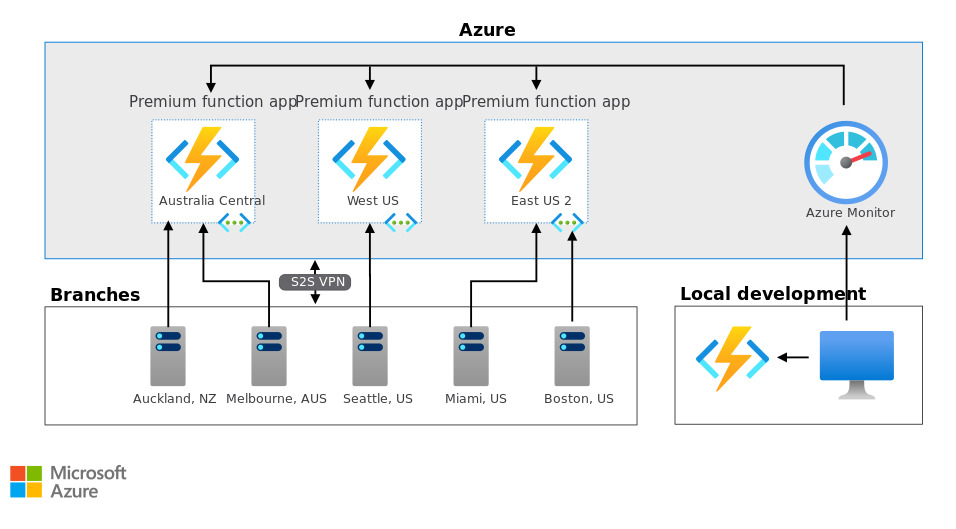 Embrace the ever-evolving world of PowerShell Azure Functions as it unfolds, and discover the exciting future trends and updates that’ll propel your coding journey to new heights. The PowerShell Azure Functions community is constantly working on improving the platform and introducing new features to enhance your development experience.
Embrace the ever-evolving world of PowerShell Azure Functions as it unfolds, and discover the exciting future trends and updates that’ll propel your coding journey to new heights. The PowerShell Azure Functions community is constantly working on improving the platform and introducing new features to enhance your development experience.
One of the major trends we can expect to see shortly is integrating more services and functionalities within PowerShell Azure Functions. This means you’ll have access to a broader range of tools and resources to build robust and dynamic applications.
Another exciting update on the horizon is the introduction of serverless containers in PowerShell Azure Functions. This’ll allow you to package your functions and dependencies into containers, making deploying and managing your applications more accessible. With containers, you’ll have more control over the execution environment and can take advantage of the scalability and flexibility that serverless computing offers.
Additionally, Microsoft is actively working on improving the performance and scalability of PowerShell Azure Functions, ensuring you can easily handle even larger workloads.
Stay tuned for these upcoming updates and trends, as they’ll enhance your coding experience and open up new application possibilities.
Frequently Asked Questions
1. Can Azure Functions Written in Powershell Be Triggered by Events From Other Azure Services?
Events from other Azure services can trigger Azure Functions written in PowerShell. This allows you to create powerful and automated workflows responding to events in your Azure environment.
2. How Can I Secure My Powershell Azure Functions and Authenticate Access to Them?
To secure your PowerShell Azure functions and authenticate access, you can use Azure Active Directory for authentication and authorization. This ensures that only authorized users can access and execute your functions, providing a secure environment.
3. What Are Some Best Practices for Optimizing the Performance of Powershell Azure Functions?
To optimize the performance of your PowerShell Azure functions, consider using lightweight dependencies, minimizing network calls, and optimizing your code for parallel processing. This can help improve execution speed and overall efficiency.
4. Are There Any Limitations or Constraints When Working With Input and Output Data in Powershell Azure Functions?
You may encounter limitations or constraints when working with input and output data in PowerShell Azure Functions. These can include size restrictions, data format requirements, and limits on the number of concurrent executions.
5. What Are Some Advanced Techniques and Tips for Developing Complex Powershell Azure Functions?
To develop complex PowerShell Azure functions, you can use advanced techniques like creating custom bindings, implementing retry logic, and using durable parts for long-running processes. Optimizing your code and leveraging Azure services can improve performance and scalability.
Conclusion
In conclusion, diving into the world of PowerShell Azure Functions has been an eye-opening experience. The power and versatility of this platform are truly remarkable, making it a top choice for developers. By leveraging the capabilities of PowerShell, you can easily create and manage your Azure Functions, streamlining your workflow and boosting efficiency.
Throughout this article, we’ve explored the key concepts and terminology in PowerShell Azure Functions. We’ve delved into triggers and bindings and discussed security and authentication. We’ve also touched on performance optimization and provided advanced techniques and tips to help you get the most out of your PowerShell Azure Functions.
As we look to the future, it’s clear that PowerShell Azure Functions will continue to evolve and adapt to the changing needs of developers—the updates and advancements on the horizon promise to enhance this powerful platform’s functionality and user experience. So, whether you’re a seasoned pro or just starting, now’s the perfect time to dive into PowerShell Azure Functions and unlock a world of possibilities.
Get ready to revolutionize your development process and take your projects to new heights with PowerShell Azure Functions.




